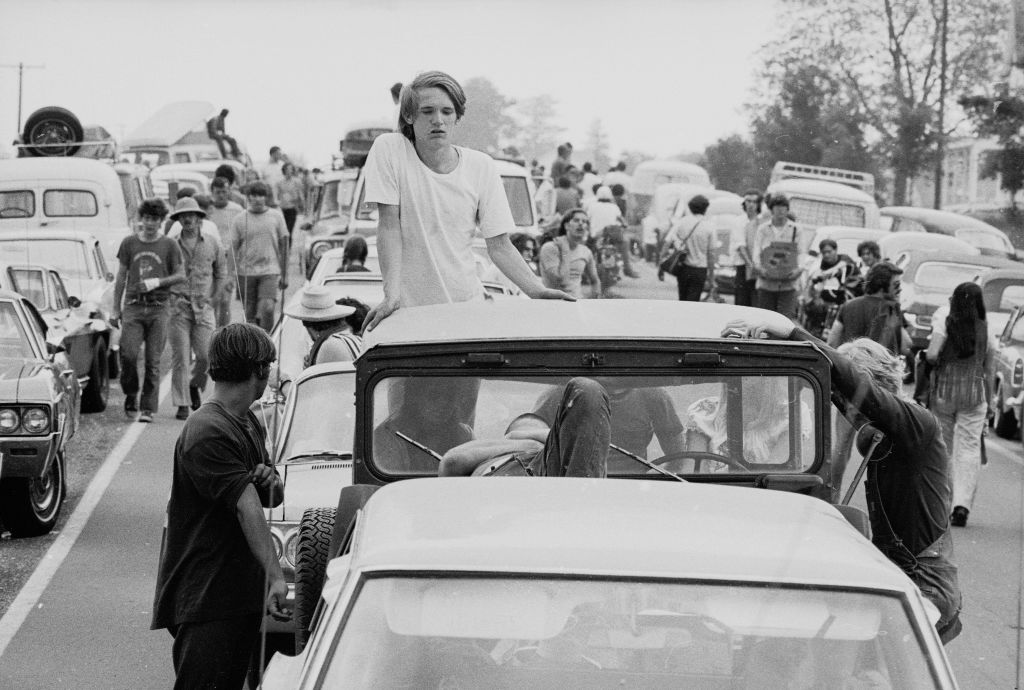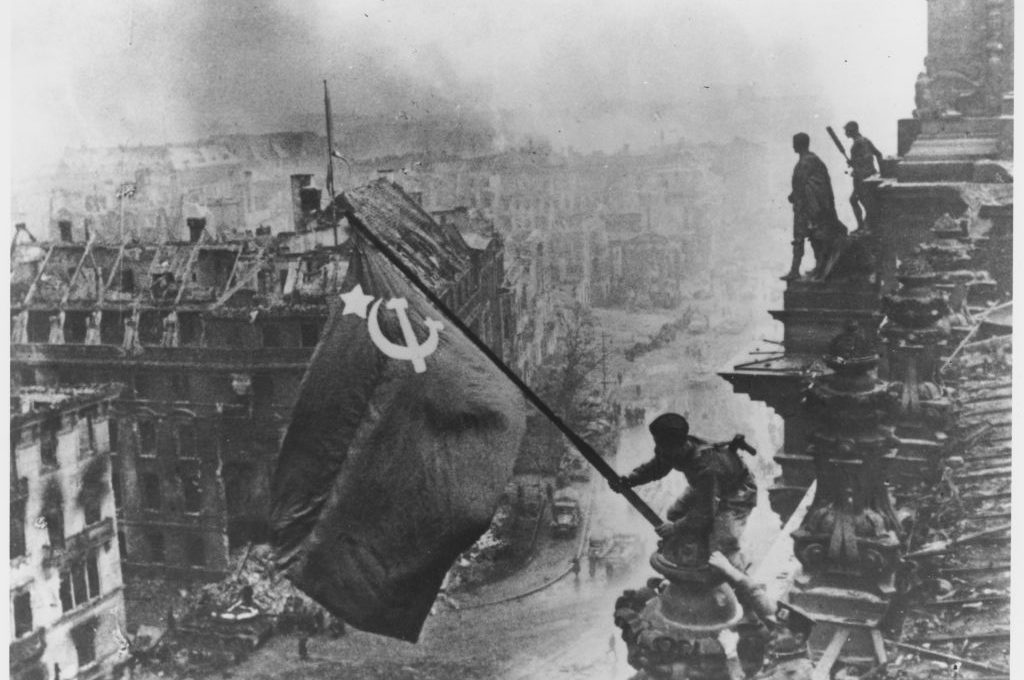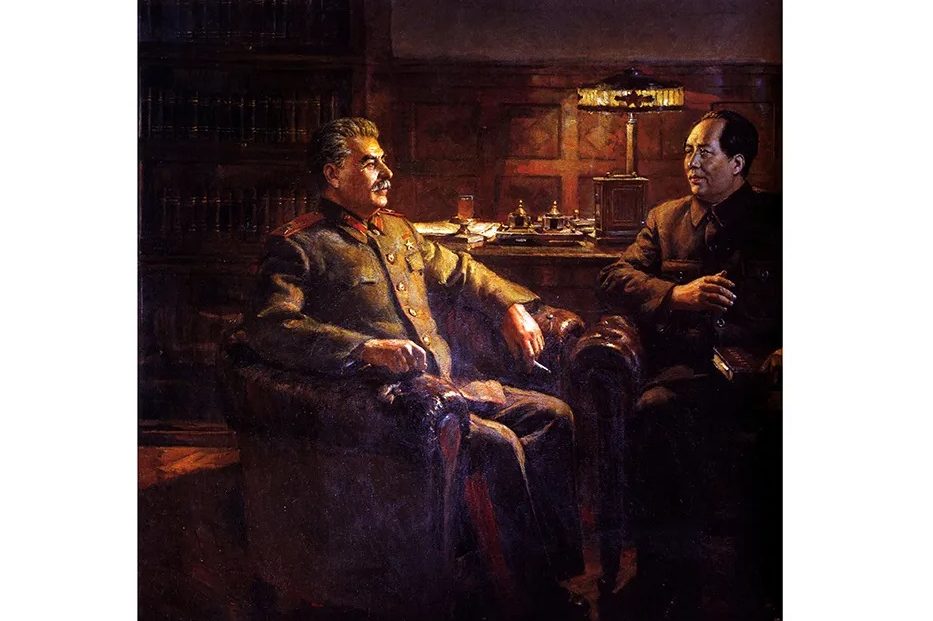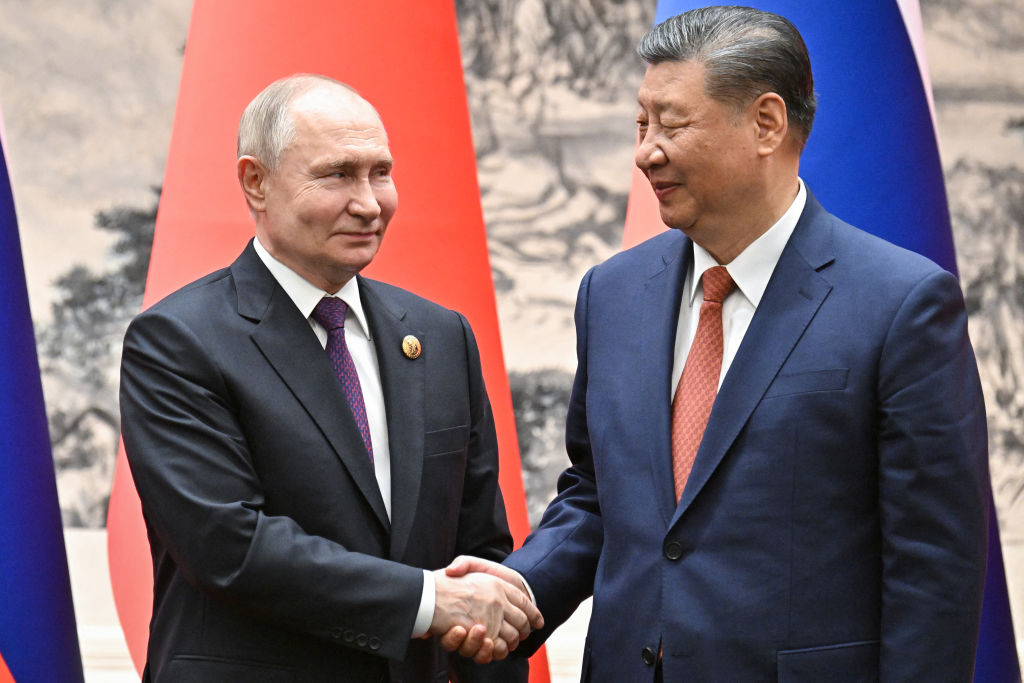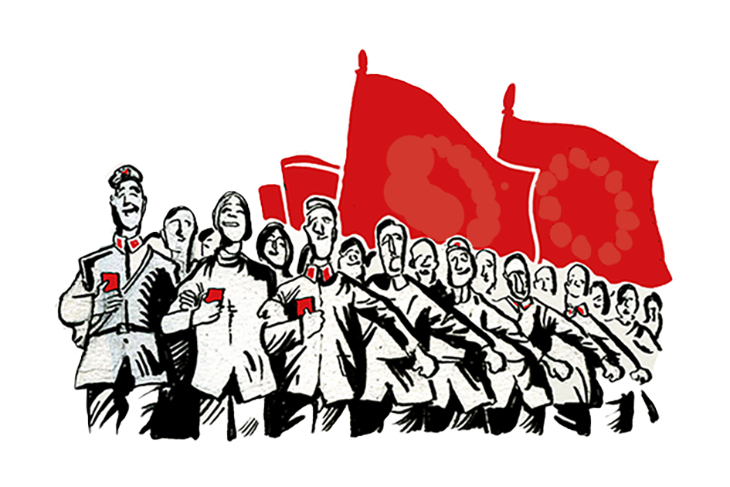I was recently on Steve Bannon’s show, The War Room, to talk about my book The Long March. It was first published in 2000, so you might think that it is steeped in the sepia tones of another age. Doubtless in some ways it is. But in essentials, I believe, we are living now with the fruits of ideas that were but tender shoots when I was writing that book. Its subtitle is “How the Cultural Revolution of the 1960s Changed America.” The 1960s! Aren’t we done with that silly decade yet? It was sixty, not twenty, years ago that Sgt Pepper taught the band to play. Haven’t we moved on?
You tell me. The movement for sexual “liberation” occupied a prominent place in the etiology of the ideology of the 1960s cultural revolution, as did the mainstreaming of the drug culture and its attendant pathologies. Indeed, the two are related. Both are expressions of the narcissistic hedonism that was an important ingredient of the counterculture from its development in the 1950s.
The Marxist philosopher Herbert Marcuse was not joking when, in his book Eros and Civilization, he extolled the salvational properties of “primary narcissism” as an effective protest against the “repressive order of procreative sexuality.”
“The images of Orpheus and Narcissus reconcile Eros and Thanatos,” Marcuse wrote. “They recall the experience of a world that is not to be mastered and controlled but to be liberated:… the redemption of pleasure, the halt of time, the absorption of death; silence, sleep, night, paradise — the Nirvana principle not as death but as life.”
The succeeding decades showed that the pursuit of “the redemption of pleasure, the halt of time” was narcissistic in a far more common sense than Marcuse suggested. It turned out to be a form of death-in-life, not “paradise.” By the late 1970s, after fantasies of overt political revolution had faded, many student radicals urged their followers to undertake the “long march through the institutions.” The phrase, popularized by the German New Leftist Rudi Dutschke, is often attributed to the Italian Marxist philosopher Antonio Gramsci — an unimpeachable authority for countercultural standard-bearers. But of course the phrase also carries the aura of an even higher authority: that of Mao Zedong.
In the context of Western societies, “the long march through the institutions” signified — in Marcuse’s words — “working against the established institutions while working in them.” It is primarily by this means — insinuation and infiltration rather than confrontation — that the radicals have triumphed. Countercultural radicalism has come to define the dominant culture even as the memory of student strikes and demonstrations fades. For examples, you need look no further than the curriculum of your local school or college, or at what is on offer at the nearest museum. You need look no further than your workplace, your church (if you still go to church), or your family. The radical ethos of the Sixties can be felt throughout public and private life.
The long march of the cultural revolution of the 1960s has succeeded beyond the wildest dreams of all but the most starry-eyed utopians. The great irony is that this victory took place in the midst of a significant drift to the center-right in electoral politics. The startling and depressing fact is that supposedly conservative victories at the polls have done almost nothing to challenge the dominance of left-wing, emancipationist attitudes and ideas in our culture.
One sign of that defeat has been the fate of the culture wars themselves. One hears considerably less about those battles today than a decade ago. That is partly because, as Robert Novak notes in his book Completing the Revolution, “moral issues tend to exhaust people over time.” Controversies that only yesterday sparked urgent debate today seem, for many, strangely beside the point.
There is also the issue of material abundance. For if the Sixties were an assault on the moral substance of traditional culture, they nonetheless abetted the capitalist culture of accumulation. Yes, there are exceptions, but they are unimportant to the overall picture. Indeed, the cultural revolution was most damaging precisely where, in material terms, it was most successful. This put many conservatives in an awkward position. For conservatives have long understood that free markets and political liberty go together. What if it turned out that free markets plus the cultural revolution of the Sixties added up to spiritual poverty and political exploitation?
It is both ironical and dispiriting to realize that the counterculture may have won its most insidious victories not among its natural sympathizers on the left but among those putatively conservative opponents who can no longer distinguish between material affluence and the moral good. In other words, it may be that what the Sixties have wrought above all is widespread spiritual anesthesia.
To a degree frightening to contemplate, we have lost that sixth sense that allows us to discriminate firmly between civilization and its discontents. That this loss goes largely unlamented and even unnoticed is a measure of how successful the long march of the cultural revolution has been.
This article was originally published in The Spectator’s January 2022 World edition.



